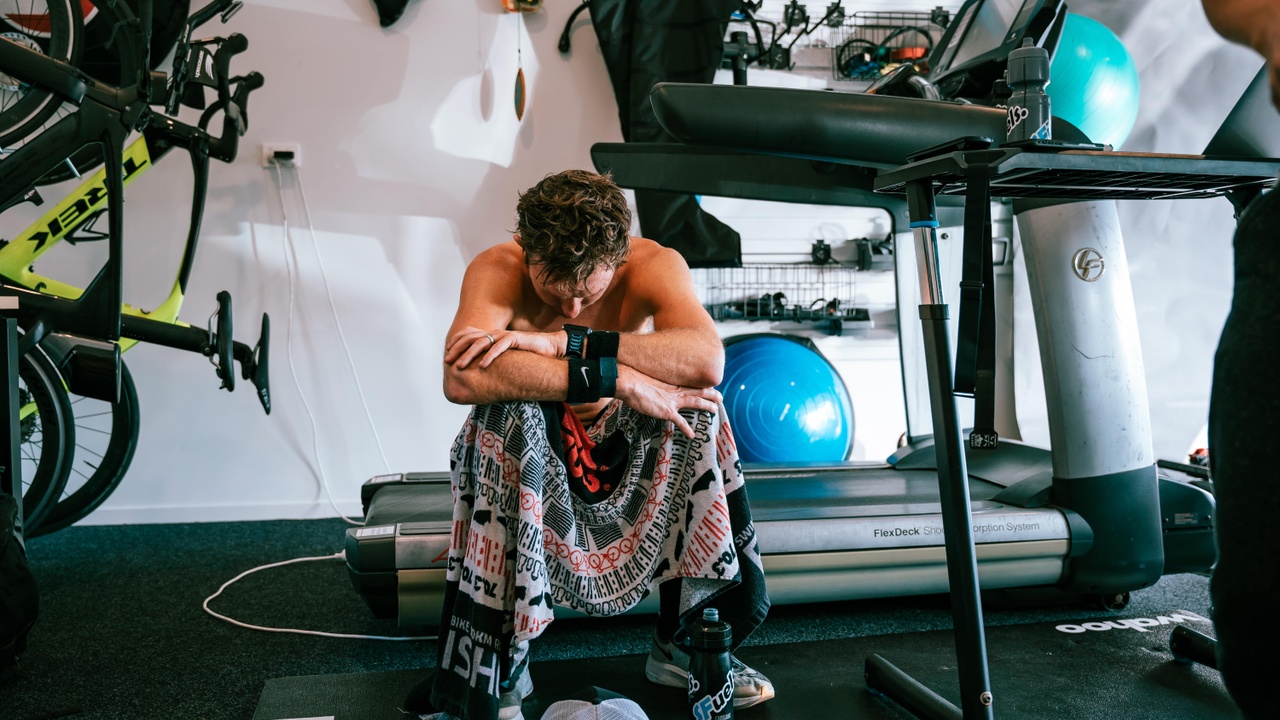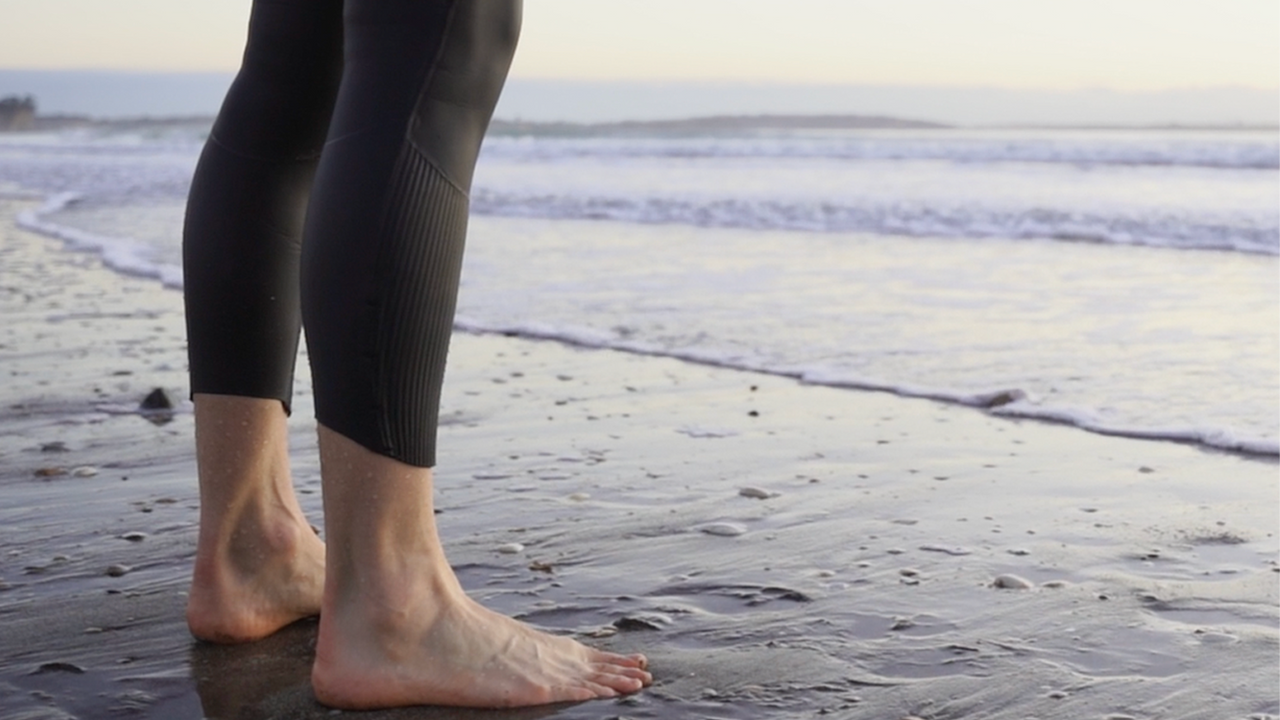Unveiling the Potential: New Research on Fat Oxidation at Higher Exercise Intensities

A thought-provoking review on low carbohydrate diets and substrate oxidation rates was recently published in the journal Frontiers in Physiology (10). The author list includes a couple of the big names in low carbohydrate research, Tim Noakes and Jeff Volek. In this blog, I will summarise some of the key messages and takeaways from the review.
The traditional model of exercise and substrate oxidation
During prolonged, endurance exercise, we primarily use two fuels to support our metabolism and keep us moving. We have carbohydrates, which are stored as glycogen in muscles and in the liver, and we have fat, stored in fat cells and in muscle. The rate at which we use carbohydrates and fats to support metabolism changes with things like exercise intensity and duration (14, 17), heat stress (6), and recent diet (2, 16). As our carbohydrate stores are relatively modest, we can become carbohydrate-depleted, and fatigued as a result, after exercise of sufficiently demanding intensity and dur...
Best practice for triathlon coaches: Avoiding overtraining

By Dr Dan Plews
Endurance athletes have to manage the stress generated through training with the recovery required to absorb that stress and turn it into positive adaptations. One of the major determinants of the outcome of a training intervention is how successfully stress and recovery are balanced; too little stress and too much recovery could lead to undertraining and the failure to realise potential; too much stress and too little recovery could lead to overtraining, excessive fatigue, and impaired performance. In this blog, we are going to focus on the latter – overtraining – what it is and how to avoid it.
The overtraining continuum
‘Overtraining’ is one of the many ubiquitous and inconsistently defined terms in endurance sport, much like ‘threshold’, and the misuse of the term creates confusion. Oftentimes, when athletes and coaches say that they are overtrained, they are really overreached. I like to refer back to a classic review paper by Shona Halson and Asker Jeukendrup f...
The 2022 World Ironman Triathlon Championship in St George Utah: What happens when racing at modest altitude?

In this blog, I am going to discuss a topic that has always been of interest to exercise physiologists and those involved in endurance sport: altitude. As I’m sure you are aware, altitude has the potential for profound effects on endurance sport performance. This is certainly an area of interest with the Ironman World Championships this year being held in Utah; with many of my professional and Endure IQ Training Squad athletes competing. Utah sits at a modest altitude of ~1000 m, but is this enough to have an effect on our performance? And is any specific preparation required?
I will do my best to break down the basics of altitude for you, although I should acknowledge that altitude is such a big topic within our field that I cannot possibly include everything in one blog, but let’s give it a go! :).
A physiological look at altitude
Okay, so first, why – physiologically speaking – is altitude so important? At sea level, the atmospheric pressure is ~760 mmHg. As altitude increases a...
Grounding Science: The Answer to Life and Recovery in Athletes?

By Dr Dan Plews
The act of grounding has undoubtedly become popular recently, at least in the circles I move in. But what is it? Grounding, also called earthing, involves doing activities that “ground” or electrically reconnect you to the Earth. This depends on earthing science and grounding physics to explain how electrical charges from the Earth can positively affect your body.
The Earth’s surface has free electrons (and speculatively); contact with the Earth’s surface may allow electron migration into the body. The electrons can act as antioxidants and neutralise reactive oxygen species (ROS). As I have discussed in the past, ROS accumulates in muscle during high-intensity exercise. ROS appears to have a fatiguing effect on muscle, possibly through effects on calcium handling processes that are critical in muscle contraction (3). Antioxidants help ‘mop up ROS in muscle; so, if we have more antioxidants, we are more able to manage the ROS that accumulates during high-intensity exe...
How to train for cycling in long-distance triathlon: The Basics

We all know that being strong on the bike is critical to the success of any long-distance triathlete. But how do we train for it? In this short blog, we’ll briefly describe the main session types when training for the cycling leg of long-distance triathlon. For much more detail, check out our courses; LDT 102 on training programme fundamentals and LDT 104 on training monitoring.
At EndureIQ, we promote a three-phase model of training planning for Ironman triathlon; a general preparation phase, specific strength phase, and competition phase. In the general preparation phase, our goal is to build a strong aerobic base by accumulating a large overall training volume, whilst also increasing our maximum aerobic capacity with a small number of targeted, high-intensity interval training sessions. We, therefore, aim for a highly polarised overall training intensity distribution, where the vast majority (~85-90%) of our training time is accumulated below the lactate threshold, with perhaps 1-2...
Pre-exercise nutrition: What do we know and how should we use it?

-Dr Dan Plews
All endurance athletes eat, and all endurance athletes train. Whether consciously or not, all endurance athletes therefore have to make decisions about what they eat (or don’t eat) before training. Pre-exercise nutrition has the potential to impact the substrates we utilize to fuel training (i.e. fats and carbohydrates), our performance in training (i.e. the watts or pace we put out), and also our adaptive responses to the training stimulus (1, 2).
Pre-exercise nutrition is therefore a fascinating and highly relevant area of study in sports science. Recently, my PhD student Jeff Rothschild, AUT Professor Andrew Kilding and myself published a large review of the effects of pre-exercise nutrition on a range of metabolic and physiological responses in the open-access journal Nutrients (3). We pooled the results of 125 studies, which included data from 1245 athletes (~13% females) to assess the effects of pre-exercise carbohydrate (CHO) ingestion and pre-exercise muscle gly...
